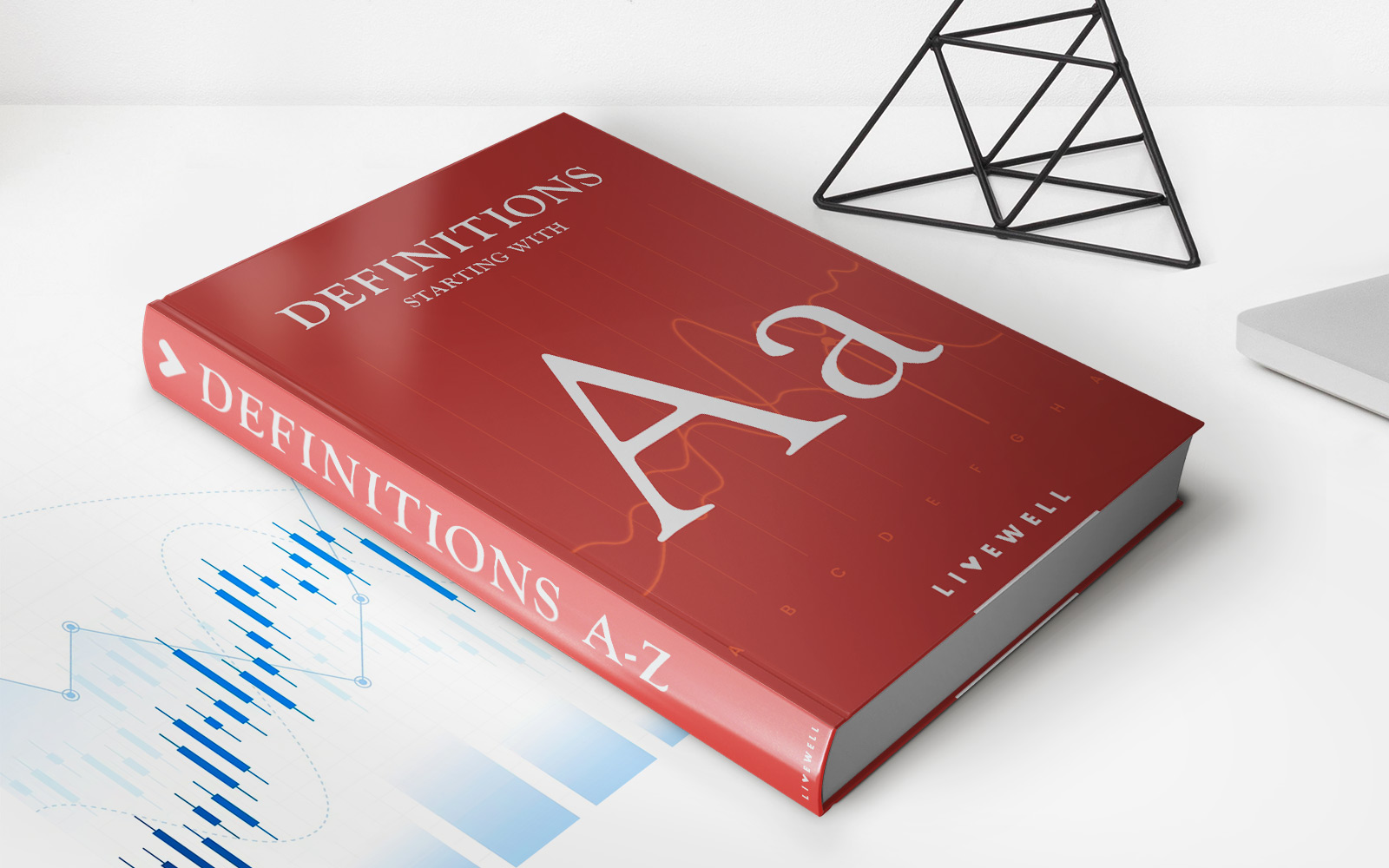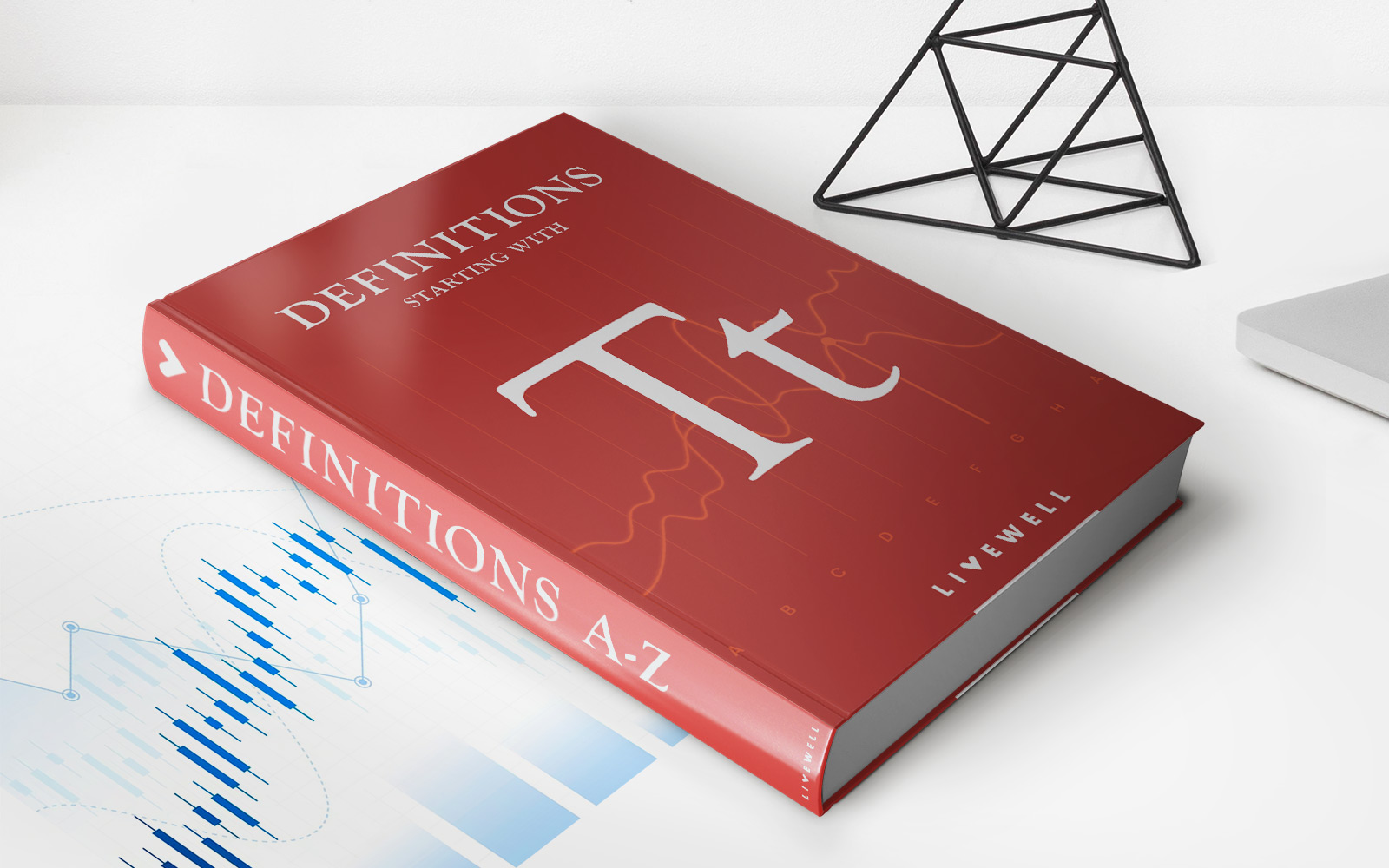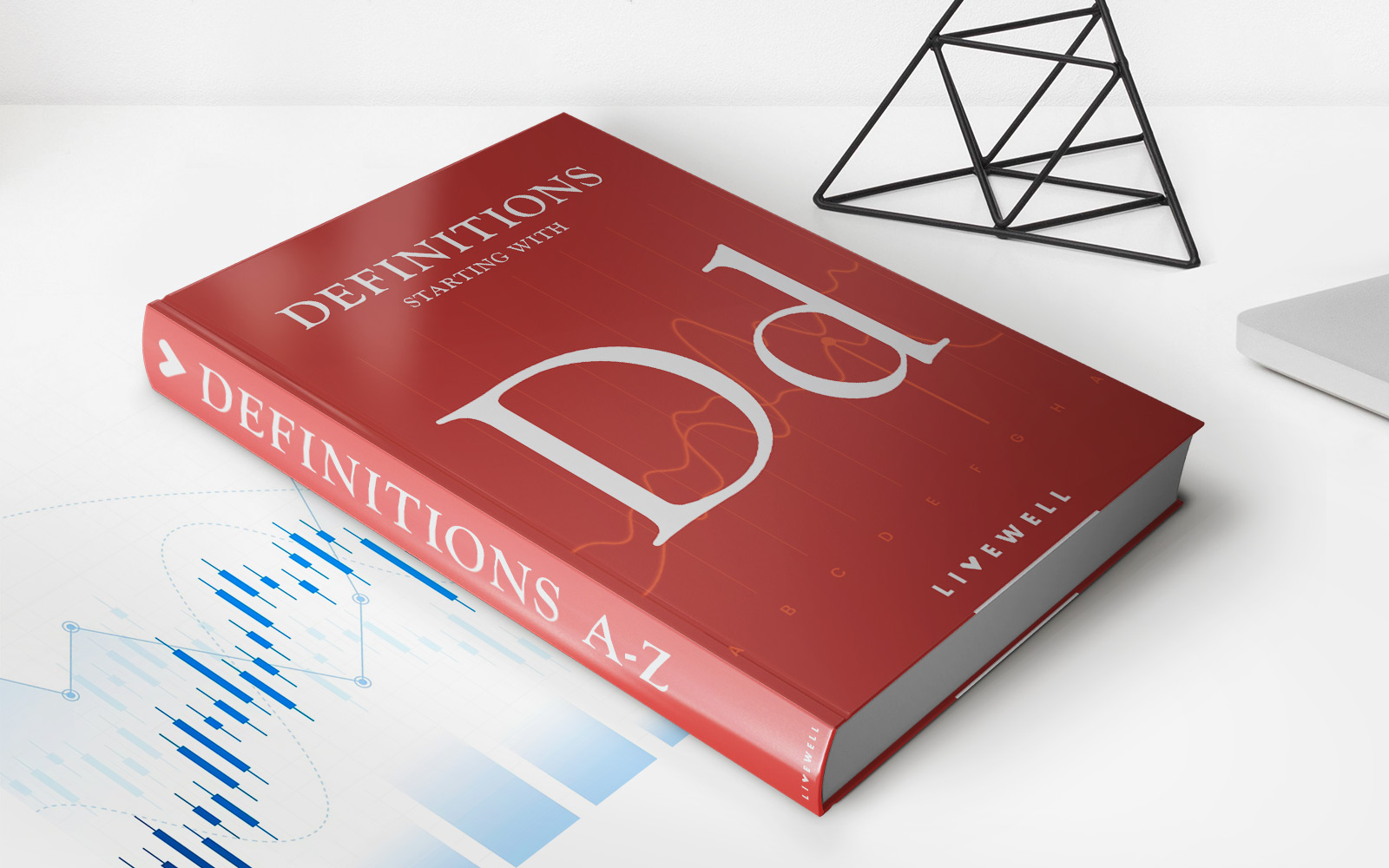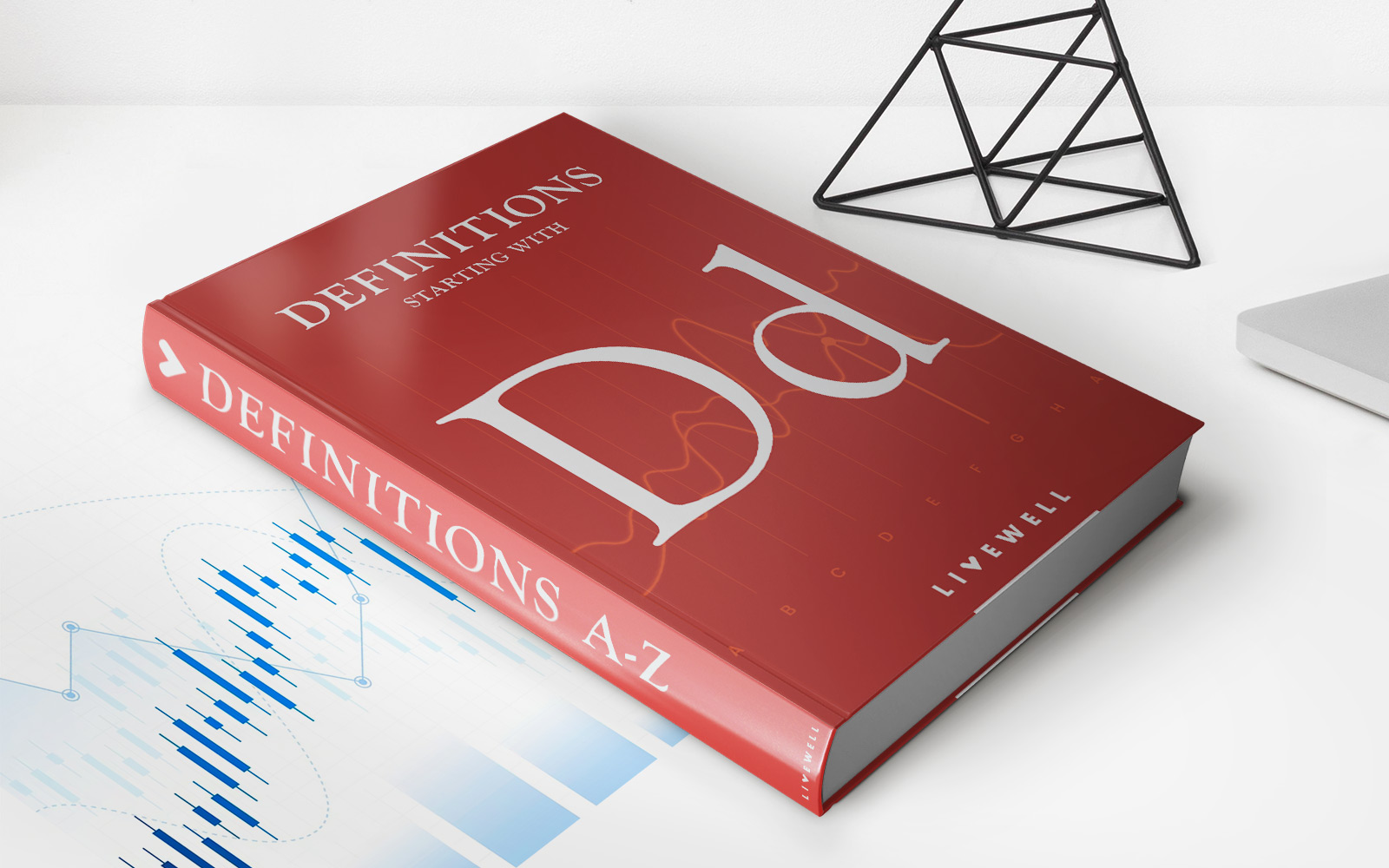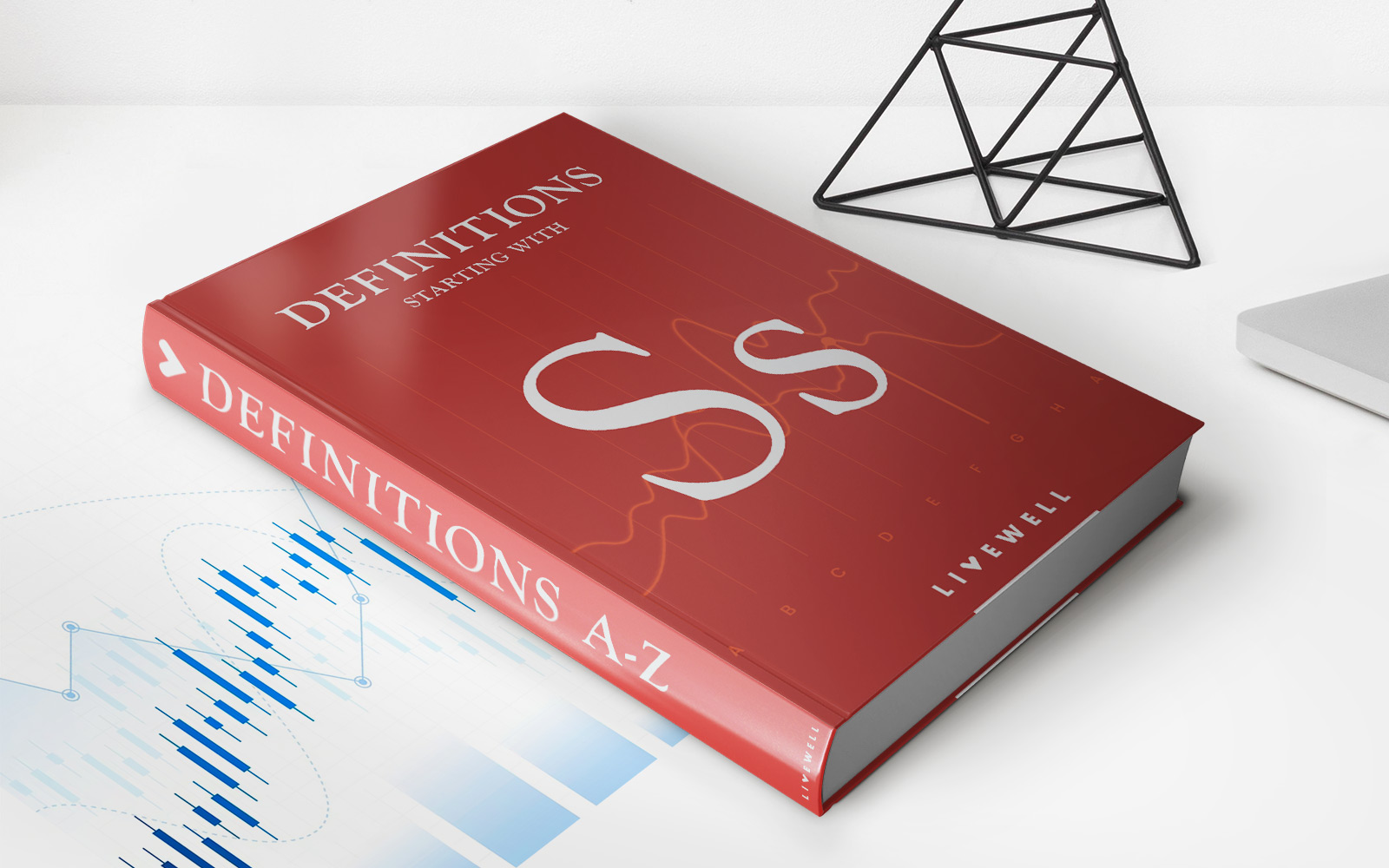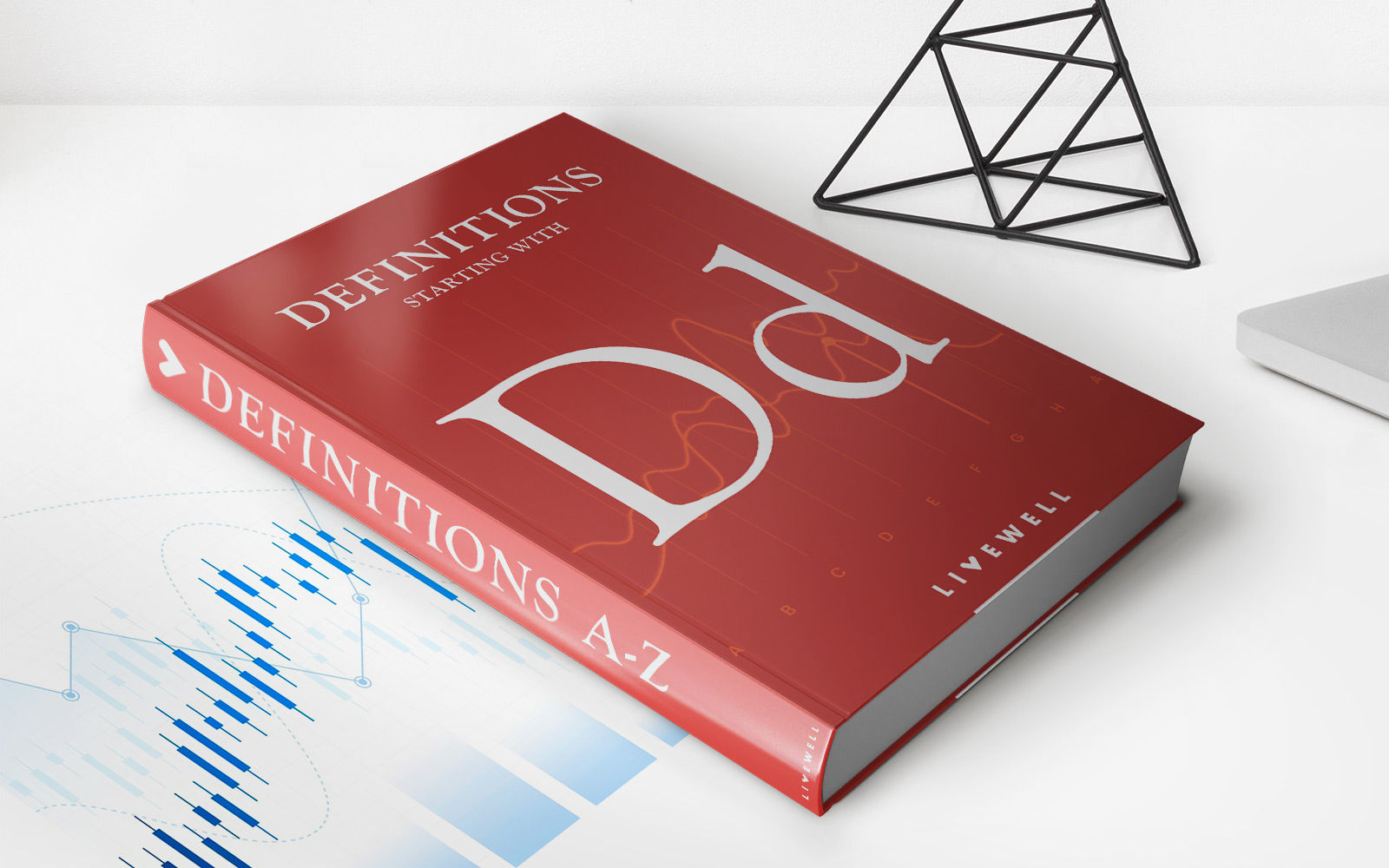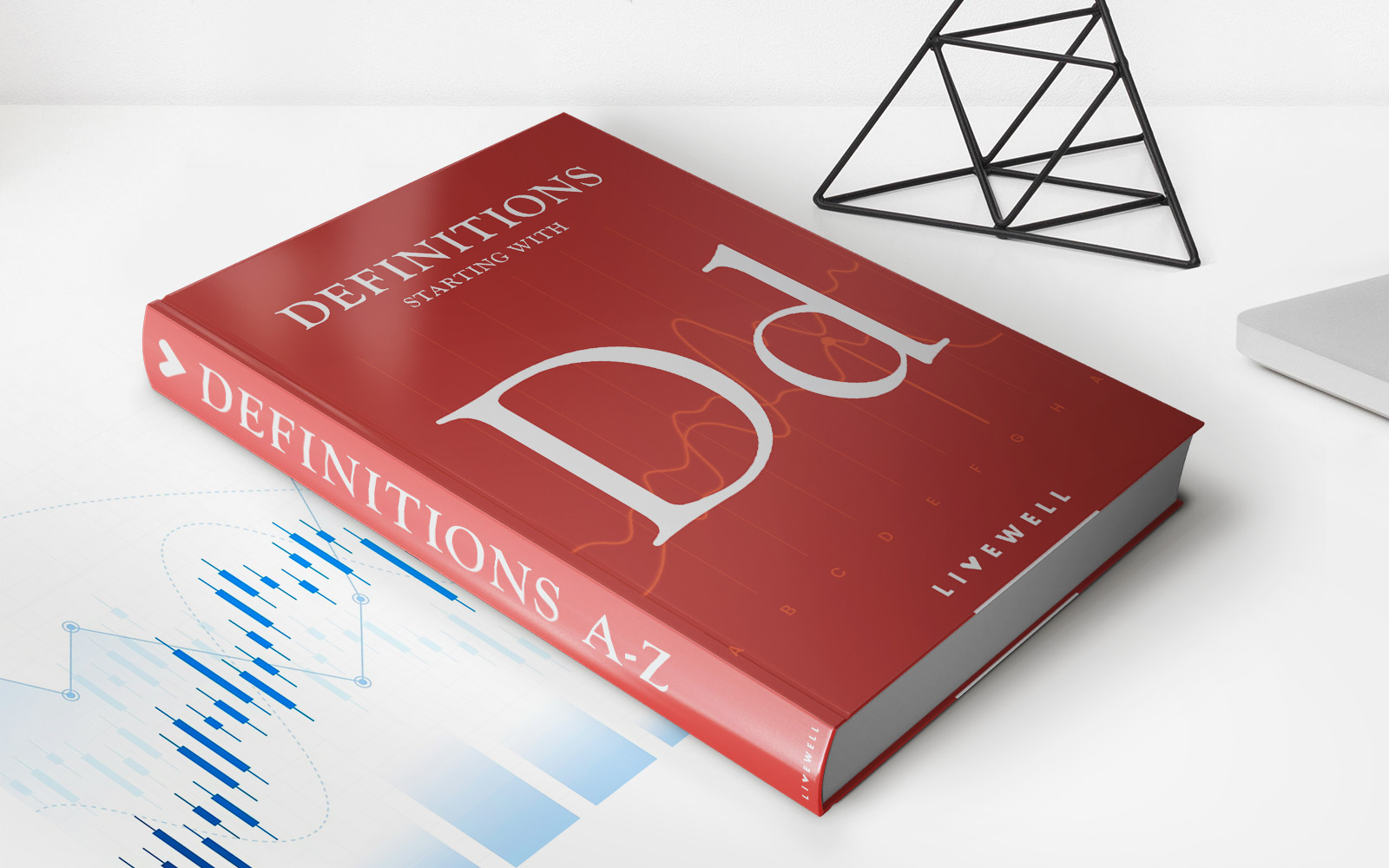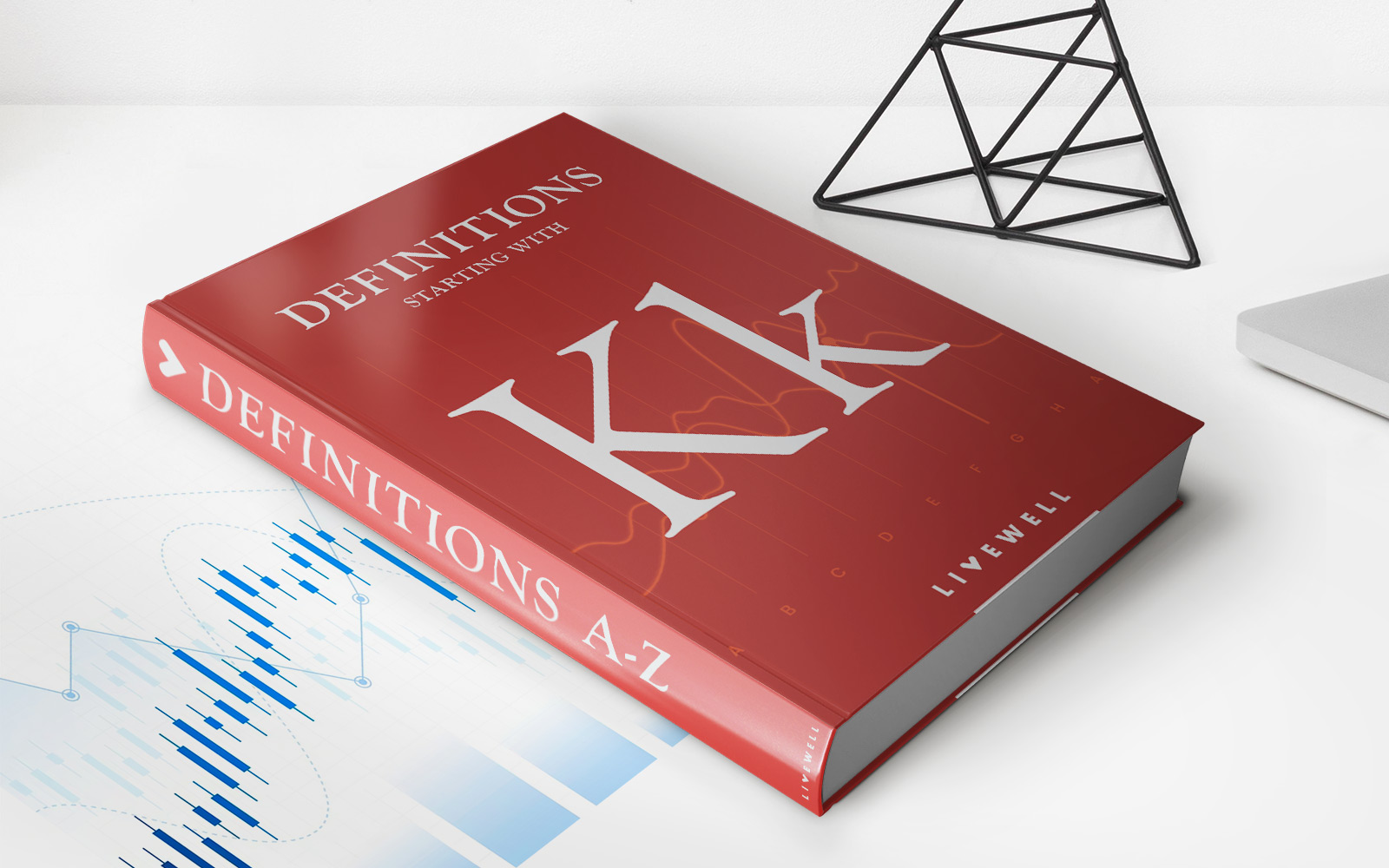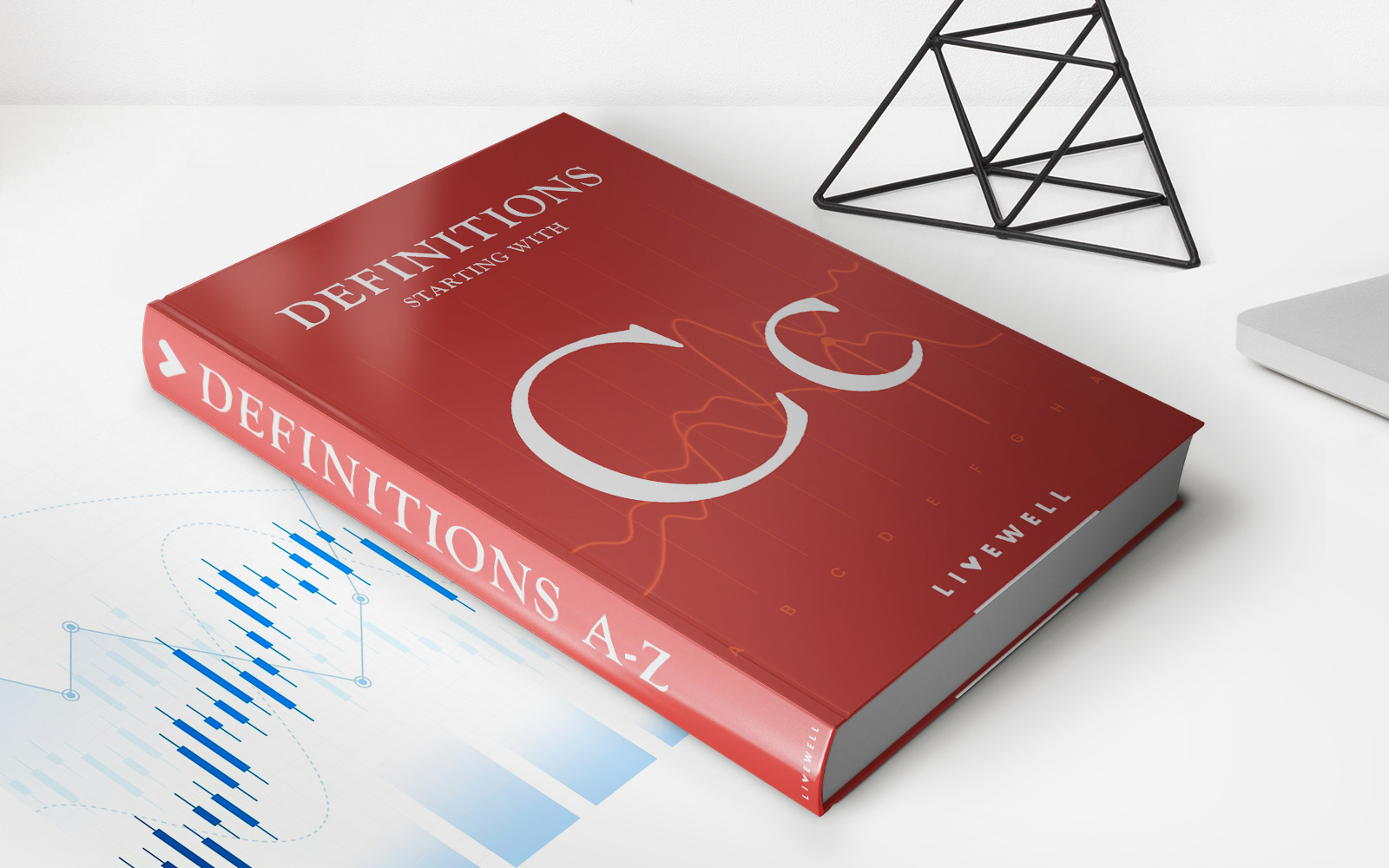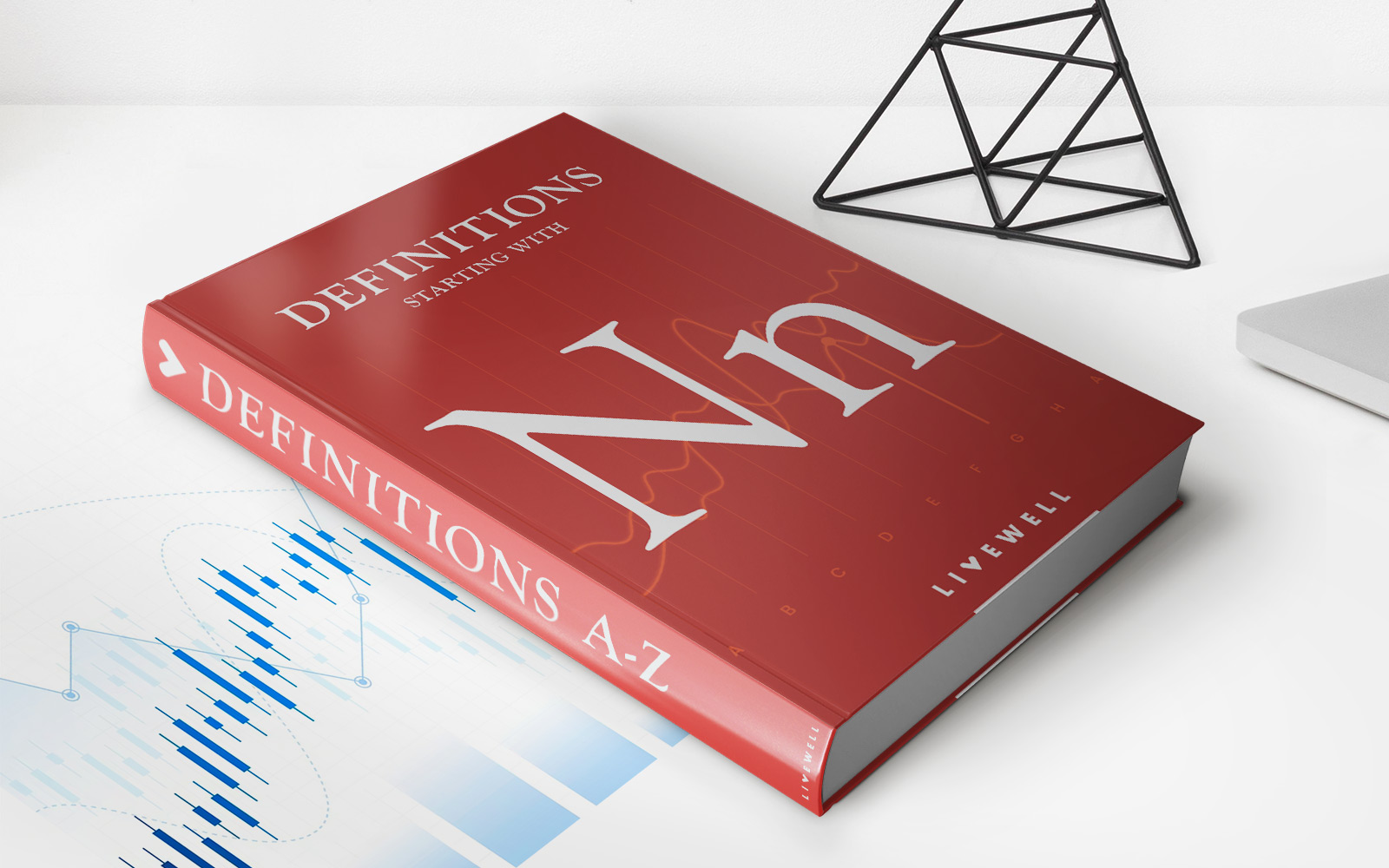

Finance
NAD (Namibian Dollar) Definition
Published: December 28, 2023
Learn about the Namibian Dollar (NAD) and its significance in the finance industry. Explore the definition and value of NAD in this comprehensive guide.
(Many of the links in this article redirect to a specific reviewed product. Your purchase of these products through affiliate links helps to generate commission for LiveWell, at no extra cost. Learn more)
Understanding the Namibian Dollar (NAD): A Comprehensive Guide
As part of our ongoing exploration within the realm of finance, today we delve into the Namibian Dollar (NAD) – the official currency of Namibia. If you’ve ever wondered about the intricacies of this currency and its significance, you’re in the right place. In this blog post, we’ll take an in-depth look at the NAD, its history, current status, and key features. So, buckle up and get ready to dive into the fascinating world of the Namibian Dollar!
Key Takeaways:
- The Namibian Dollar (NAD) is the official currency of Namibia.
- The NAD has been in circulation since 1993, replacing the South African Rand as the primary currency in Namibia.
A Brief History of the Namibian Dollar
The Namibian Dollar was introduced in 1993 when Namibia gained independence from South Africa. Prior to its introduction, the South African Rand was the official currency used in Namibia. However, the Namibian government saw the need for a separate currency to establish its own monetary identity.
Since its introduction, the Namibian Dollar has served as the primary medium of exchange in Namibia. The currency is represented by the symbol “$” and is further abbreviated as “N$” to distinguish it from other currencies that also use the dollar sign.
Features and Characteristics of the Namibian Dollar
The Namibian Dollar shares a fixed exchange rate with the South African Rand. Both currencies are legal tender in Namibia, which means they can be used interchangeably for transactions within the country. However, the Namibian Dollar is the sole currency accepted in Namibia, while the Rand is not universally accepted throughout South Africa.
Key features of the NAD include:
- Denominations: The Namibian Dollar is available in notes of N$10, N$20, N$50, N$100, and N$200. Coins are available in values of 5 cents, 10 cents, 50 cents, N$1, N$5, and N$10.
- Bank of Namibia: The central bank responsible for issuing and regulating the Namibian Dollar is the Bank of Namibia. It plays a crucial role in maintaining the stability of the currency and ensuring its smooth circulation within the country.
- Pegged Exchange Rate: The Namibian Dollar is pegged to the South African Rand at a 1:1 exchange rate. This means that 1 Namibian Dollar is equal to 1 South African Rand, removing any fluctuations in the exchange rate between the two currencies.
Given the shared history and close economic ties between Namibia and South Africa, the pegged exchange rate offers stability and facilitates trade and economic cooperation between the two nations.
Closing Thoughts
Understanding the Namibian Dollar is essential for anyone with an interest in finance, trade, or travel to Namibia. With its unique history, fixed exchange rate, and distinct features, the NAD exemplifies the economic independence of Namibia.
So, whether you’re planning a trip to this beautiful country, interested in expanding your knowledge of world currencies, or simply curious about the financial landscape of Namibia, the Namibian Dollar is worth exploring. Keep an eye out for more informative blog posts on finance as we continue to unravel the complexities of the global financial system.
